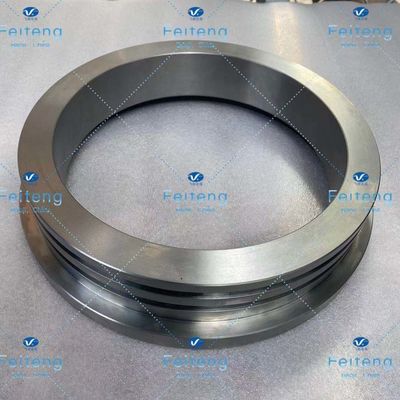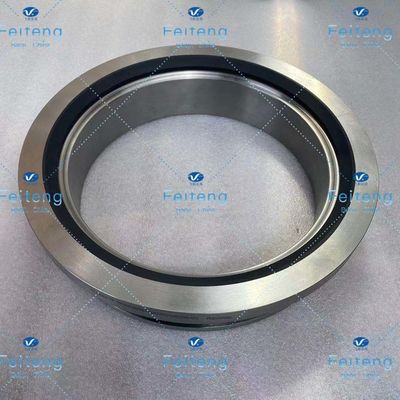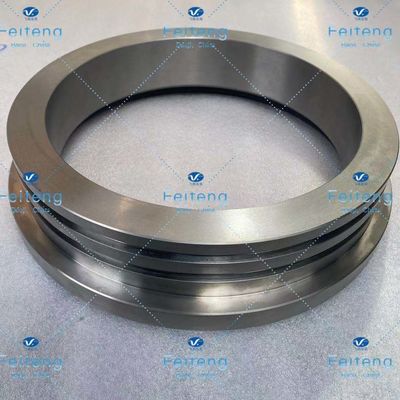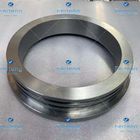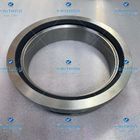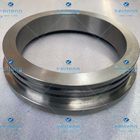Zr702 280*180*68mm Zirconium Forging Ring Valve Seat
| Place of Origin | Baoji, Shaanxi, China |
|---|---|
| Brand Name | Feiteng |
| Certification | GB/T19001-2016 idt ISO9001:2015 GJB9001C-2017 |
| Model Number | Zirconium Valve Seat |
| Minimum Order Quantity | To be negotiated |
| Price | To be negotiated |
| Packaging Details | Wooden case |
| Delivery Time | To be negotiated |
| Payment Terms | T/T |
| Supply Ability | To be negotiated |

Contact me for free samples and coupons.
Whatsapp:0086 18588475571
Wechat: 0086 18588475571
Skype: sales10@aixton.com
If you have any concern, we provide 24-hour online help.
x| Packaging | Wooden Case | Certification | GB/T19001-2016 Idt ISO9001:2015 GJB9001C-2017 |
|---|---|---|---|
| Material | Zirconium | Item Name | Valve Seat |
| Origin | Baoji, Shaanxi, China | Grade | Zr702 |
| Port Of Delivery | Xi'an Port, Beijing Port, Shanghai Port, Guangzhou Port, Shenzhen Port | Technique | Forging |
| Size | φ280*φ180*68 | ||
| Highlight | 68mm Zirconium Forging ring,180mm Zirconium Forging ring,Zr702 Zirconium Valve Seat |
||
Zirconium Valve Seat Zr702 280OD*180ID*68THK Zirconium Forging
| Grade | Zr702 |
| Technique | Forging |
| Size | φ280*φ180*68 |
| Packaging | Wooden case |
| Port of delivery | Xi'an port, Beijing port, Shanghai port, Guangzhou port, Shenzhen port |
Valve seat is a detachable face part in the valve, used to support the valve core fully closed position, and constitute a sealing pair. The general valve seat diameter is the maximum flow diameter of the valve. For example, butterfly valve seat material is very wide, all kinds of rubber, plastic, metal materials can be used as seat material.
The valve seat uses an elastic sealing material and a small actuator thrust to obtain a bubble tightness seal. The compression of the seat seal stress causes the material to elastic deformation and squeeze into the rough surface of the deployed metal parts to block all leakage paths. The permeability of the material is the basis for small leakage of fluids.
Materials that are too soft or exhibit cold deformation (creep) under load may be hardened with fillers such as fiberglass. If used to make thin slices, it can still meet the requirements of use, and can eliminate cold deformation or permanent deformation.
The seal must be carefully fixed to prevent breakage and leakage due to differential pressure. Bonding of the soft seat to the metal part is one option, but does not completely solve the problem, as the bonding will break and fail under thermal shock. Sufficient pressure relief will destroy the bonding material.
Features:
1) Good fluid compatibility, including expansion, hardness loss, permeability and degradation;
2) High hardness;
3) Permanent deformation;
4) Recovery degree after load elimination;
5) Tensile strength and compression strength;
6) deformation before fracture;
7) Modulus of elasticity.




